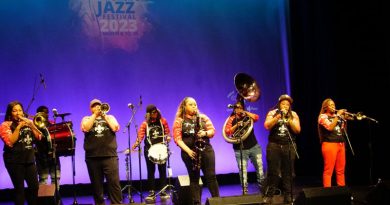Frederick Douglass’ 200th Birthday Invites Remembrance and Reflection
This Douglass Day, celebrate an icon’s bicentennial while helping to transcribe the nation’s black history
n pictures, the eyes of Frederick Douglass, the iconic enslaved man who escaped and became an international abolitionist and activist, blaze from a stern face, framed by a lion’s mane of kinky hair. Douglass (1818-1895) once said: “I would unite with anybody to do right and with nobody to do wrong.”
Free African-Americans held some 400 state and national conventions to strategize on how to achieve justice, education and equal rights through the 1920s. Casey explains that one of the reasons the CCP became interested in Douglass is that it found evidence that he attended the conventions for some 40 years, from 1843 through 1883. That’s a time period that included some of the nation’s most contentious history, dating from before the Civil War and including the struggles that followed for many years afterwards, and which arguably persist to this day.
Frederick Douglass was born into slavery on the Eastern Shore of Maryland in 1818 and named Frederick Augustus Washington Bailey. He became one of the most famous black men in the nation during a life where he consistently fought for human rights. Hired out to work in Baltimore, he taught himself to read and write, and escaped slavery in 1838 with the help of a free black woman who later became his wife. He changed his last name to Douglass after they moved to New Bedford, Massachusetts. As an orator, he traveled around the country to speak about his experience as a slave. In 1845, he published his first autobiography, Narrative of the Life of Frederick Douglass; required reading in many black studies classes. Abolitionists officially purchased his freedom after he spent time traveling overseas giving lectures.


